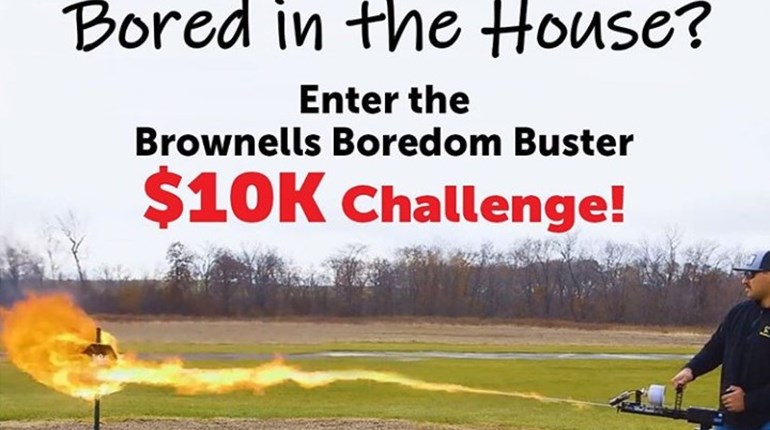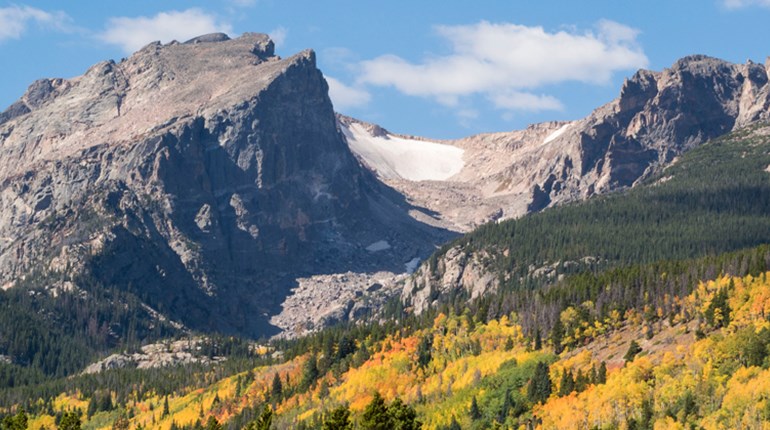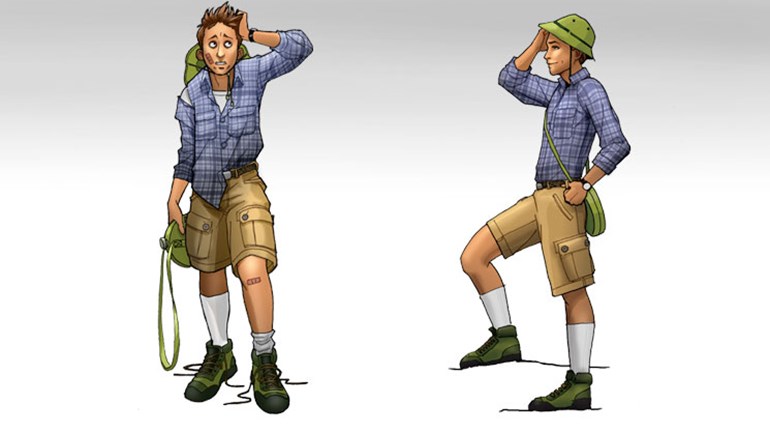
Pleasant Hill, La.-sounds like a pretty place, right? Well it is, on most days anyway. The town of about 400 sits among rolling green valleys, creeks and dirt roads in a rural area not far from where Texas, Louisiana and Arkansas meet. There are no stop lights in town. It's the kind of place where folks wave when they drive past each other down the village's one main street.
On a blistering warm day in April, 1864, though, the rugged forests of north-central Louisiana were anything but pleasant. Cannon balls were being shot across the hills and valleys, while horses and soldiers stood a few hundred feet away from each other. This later became known in Civil War history as the Battle of Pleasant Hill.
2011 marked 150 years since the Civil War began, and towns all over the United States commemorated the anniversary with reenactments. Reenactments feature men, women and children who dress and act the parts of real people who lived during the war. The focal point of the action is the battle, though there are almost always camps where soldiers “live” (and in some cases, “die”) for a few days. These places have everything from medical tents (think of a miniature hospital on a battlefield) to horse corrals to sleeping quarters. Pleasant Hill is no exception, either. The battle involved hundreds of soldiers from the Union and Confederate armies. This year's reenactment took place the same day, and on the same site, as the original gunfight. And it didn't just involve soldiers, either. There were also young people.
Landon Bradsher is one of them. At 12 years old, he is not old enough to act as an enlisted soldier, nor is he allowed to carry a gun into battle. He doesn't really have a title. He's referred to by the adults standing around as a “boy skirmisher”-a name sometimes given to kids who take messages to army superiors during battle. Because there were no cell phones back then, troops would rely on young men to relay orders from one group of soldiers to another. That's a lot of responsibility for someone who, in modern times, would likely be in seventh grade.
“A lot of it is standing around, waiting for orders,” Landon says. Not that he's complaining; he can barely contain his excitement as he stands around hundreds of men (plus a few women) dressed like it's a century-and-a-half ago. Landon is in costume, too, wearing Confederate gray. He came here with his Boy Scout troop from east Texas to participate this weekend.
Landon says that when his friends heard he was taking part in this weekend's reenactment, “they were like, ‘That's awesome!' Definitely, they were jealous.”
What's life in the camp like when the battle's not being fought? It involves some work, plus some time for playing around. At night, young reenactors sleep in tents or outside, the same as the soldiers. They fetch water from a nearby creek. They take turns at night working in two-hour shifts, watching the horses to make sure they don't get “stolen” by Union troops or wander off on their own.
More than anything, it's a chance for Landon and his friends to sleep under the stars, do outdoorsy stuff and learn a little about history.
Landon's friends agree. A few of them show up as we speak, just a few minutes after the reenactment has ended. William Giddens ran messages for the Union army; his friend, Haydn Smith, did the same job for the Confederates. Haydn also carried the Confederate flag into battle.
William, a smiling, light brown-haired kid, is absolutely filthy from the waist down. “I've been carrying buckets of water for the horses,” he says. Then he confesses that, besides carrying water, he's been exploring the forested area near the creek behind the battlefield.
William admits that a big part of why he likes doing reenactments is because it gives him an excuse to do things like that-getting dirty, exploring places he's never visited-as well as staying up way past any reasonable bedtime. The night before, he was up at 1 a.m. watching horses.
But it's more than that, says Landon. “It's actually a way for us to respect our forefathers who fought here,” he says.
Joseph Kellogg agrees. He's an eighth grader from north Louisiana who is here this weekend with his younger brother, James Mitchell.
Joseph says, “I want to do this, first of all, to keep history alive.”
He pauses, smiles, thinks for a minute, and then adds, “Also, the boys at home don't get to play with guns. Out here we get to play with real guns, with other people.”
Joseph and James have done a lot of jobs over the past couple years they've been doing reenactments. They became interested in it after going to a reenactment – “as tourists,” Joseph says – and soon after, the brothers began doing everything from being flag bearers to marching with a snare drum into battle to relaying messages for the armies.
Reenacting, Joseph says, gives him a sense of history he would never have gotten by reading textbooks in school. When he hears about Civil War history in school now, he has a completely different, and very realistic, perspective that he wouldn't have had otherwise.





































